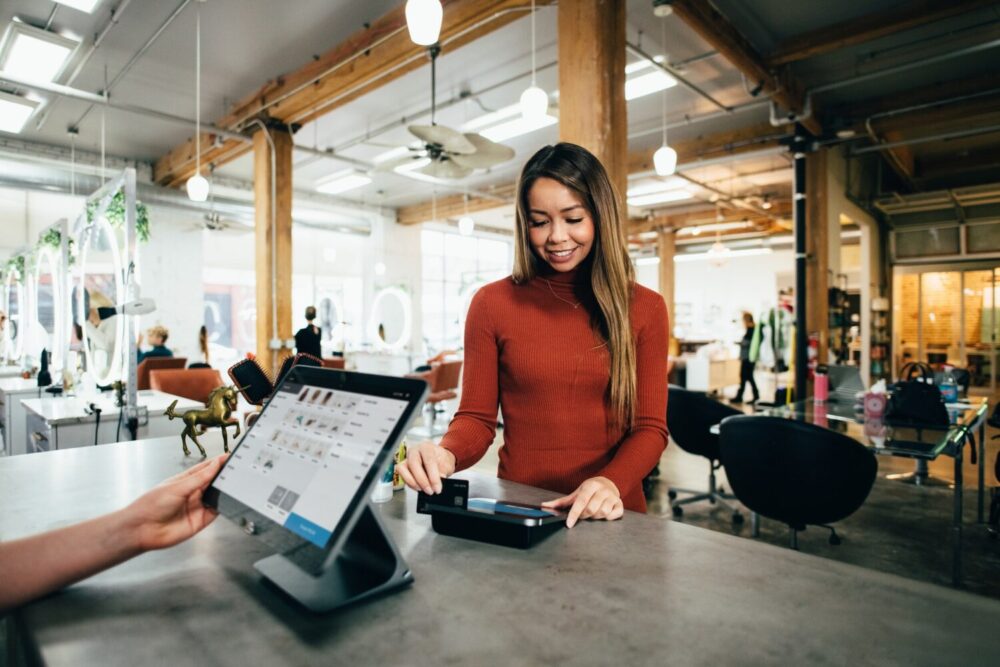POS systems are known for improving customer experience, making it easier for owners to manage inventory, impacting employee performance, etc. This is why stores around the world prioritize upgrading or replacing their POS. Soon almost everyone will move to cashless option only. The good news is that there is a wide variety of these systems on the market. Regardless of whether you have a large company or just started your business, you face various challenges every day, which is why you need an appropriate hardware and software solution.
However, businesses have their own specific needs and therefore need a suitable POS system. In order to use the full potential of these systems, it is important to gather as much information about them as possible. One of the most important items is the programming language used for the systems.
What programming language is used for POS Systems?
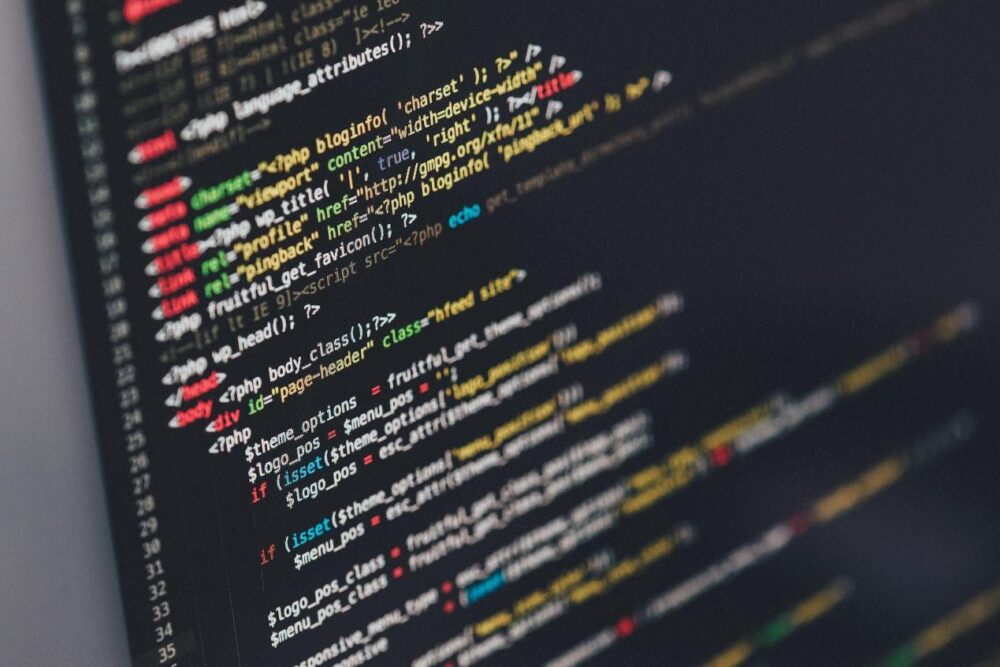
Source: medium.com
According to the Auto-Star company, probably the best programming language is POSXML. It is based on XML and simplifies the development of apps for POS terminals. Pre-programmed content allows interaction with the machine. In this way, economy is achieved in spending time for application development. The logical structure of this language consists of tags. Commands in instructions are acquired through training, and some commands do not require parameters unlike others. This programming language is prone to constant development, which means that more space is created for new commands and instructions.
An interesting fact is that at the beginning the language had only a few basic commands for creating an app on a POS terminal, and today this number reaches almost a hundred commands. It all started from just a few resources like a basic screen, keyboard, etc. Now it is possible to perform much more complex processes, because there is better access to images, mathematical operators and many other functions.
Components of the POS system
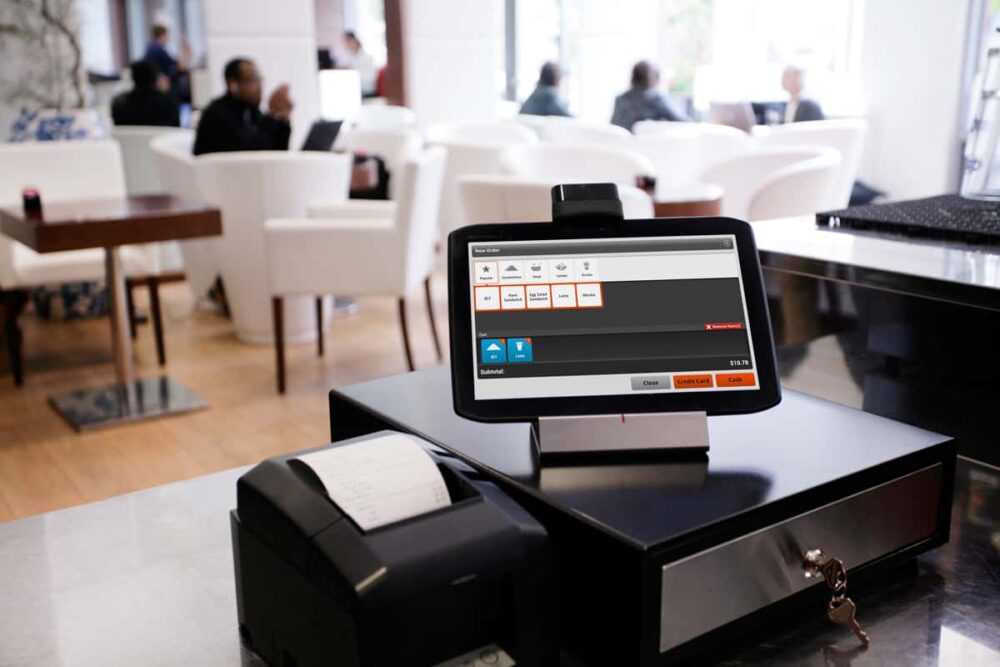
Source: androidheadlines.com
The POS system consists of several elements. These are a computer, a monitor, a cash drawer, a barcode scanner, a credit card reader, etc. However, this system works on a much more complex level than it appears. First of all, you need to know what its key components are. These are software and hardware that simplify everyday tasks. In this way, traders can focus on all other work tasks. In order to better understand their role, we will explain these components in more detail. You can access the software in two ways. You can opt for an on-premise or cloud-based option. The first option is to purchase a license for the software and install it on your computer system.
In this case, system maintenance and updates are the sole responsibility of the seller. It can be a tricky situation, because this way of management requires expertise, but also cost. It takes the help of IT staff to get the job done right. A more modern approach is to use the cloud, which is based on making a backup copy of data and much more. Cloud-based POS systems are a much more rewarding choice. Even if the internet goes down, the sales process continues. This is followed by an automatic update as soon as the system is back online.
Benefits of using a POS system
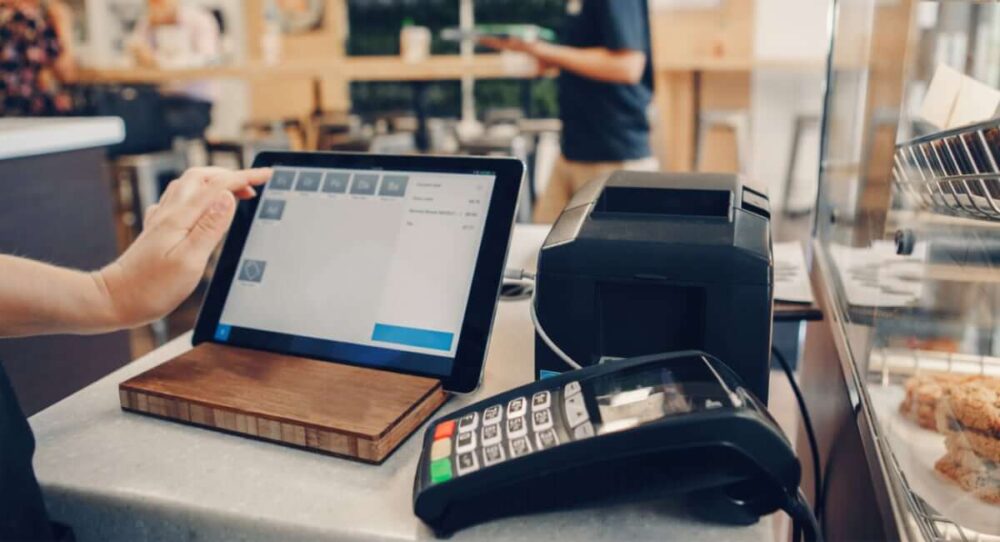
Source: magestore.com
One of the most obvious advantages is saving management time. Although this system is associated with payment processing, we have to mention that it is much more than that. POS systems contain hubs that connect small business software tools. It involves a multitude of processes, some of which are payroll and inventory management. Thanks to the advancement of technology, cloud-based POS systems are widely used today. Integration with other software apps to create a complete software solution is also popular. Cloud-based POS automats reduce the hours of managerial work, because it enables access to different business segments. Whether you want to calculate earnings or create a staff schedule, it is much simpler and faster to achieve these actions using a POS system.
Research shows that this procedure saves even several hours of a manager’s working day. Therefore, the service speed is higher. Long lines at the checkout are a thing of the past. In addition to this step, customers are much more satisfied with the overall service. The systems also reduce their research time. The user experience is incomparably better, and all these factors drive higher profits. The POS system allows customers different payment methods. This means that more options are included, from e-wallets to PayPal.
Customers can save their preferred payment method at the POS. Stores have very important POS data that allows them to gain detailed insight into customers and their spending habits. It is an excellent basis for implementing a targeted campaign, and personalized messages and promotions are mainly used. We must not forget about the marketing tools that are an integral part of the system, and they include email, social networks and other channels.
How secure is the POS system?
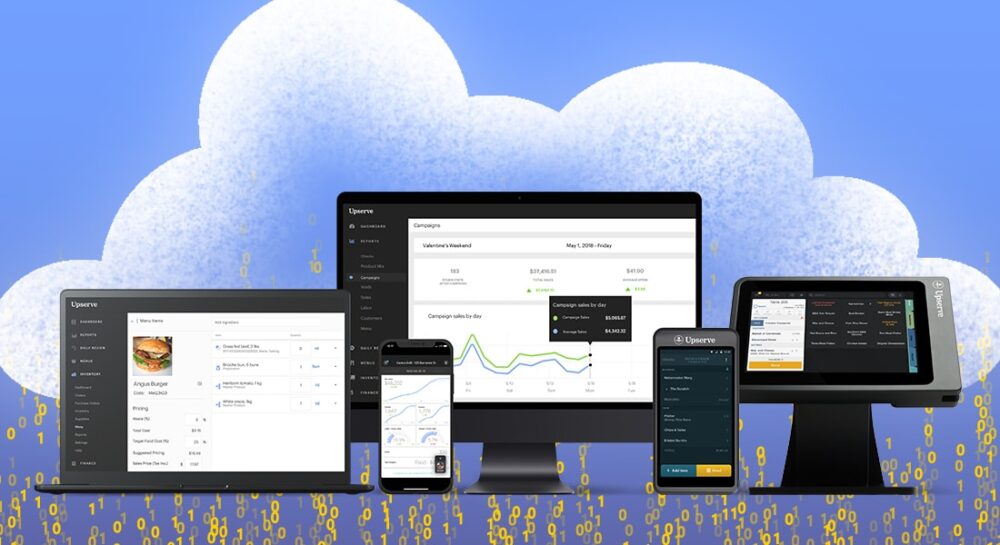
Source: upserve.com
Since the security of the company’s data is the most important item, you need to eliminate any possibility of intrusion by malicious users. Fortunately, there is a POS system that allows you to do just that. Only authorized users have access to all important data, and it even requires double authentication. It is also necessary to approve the administrator, who can also block access to certain users. When it comes to a cloud-based POS system, all data will have backup copies that are protected at all times. In this way, data will not only be protected from malicious users, but also from natural disasters, such as floods or fires.
Conclusion:
Thus, POS systems contribute to a better organization of the company. If you want your business to become more productive, you need to work on communication between colleagues and stores. This very system can offer you many useful functions that will enable fewer communication errors, increase productivity and profits. It’s an opportunity to track all activities on one platform. Ultimately, customers will have a better opinion of you which means you will improve your company’s image.


